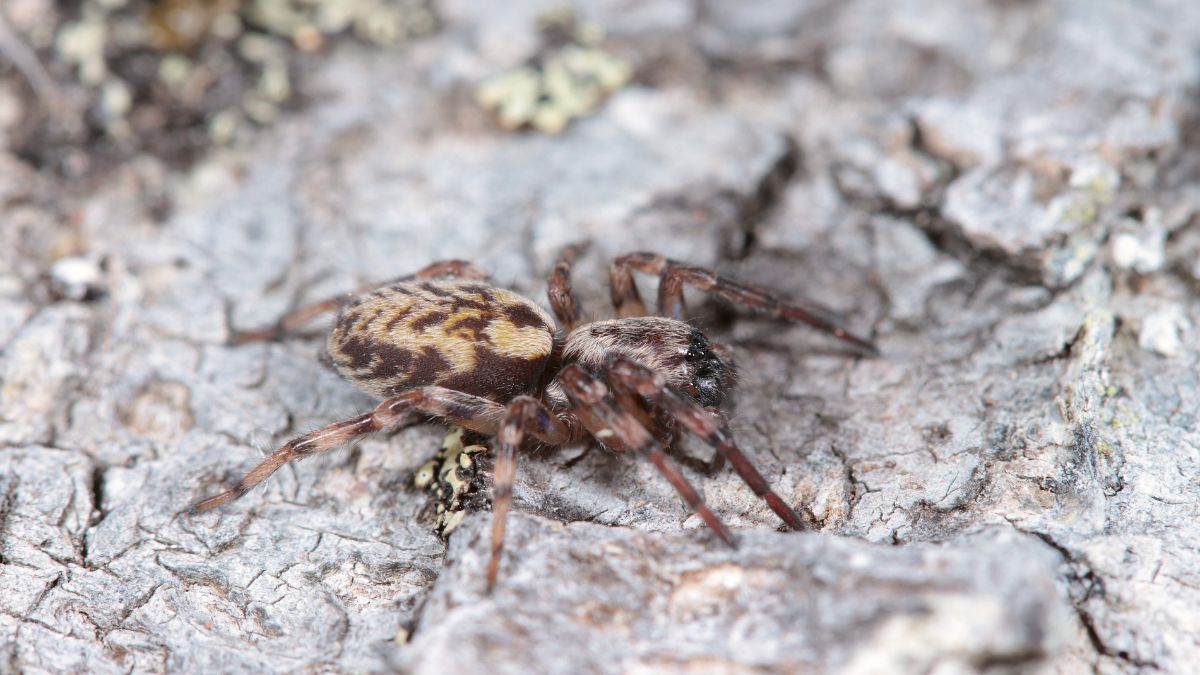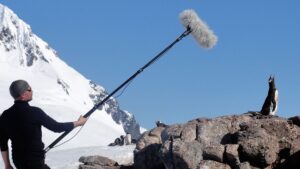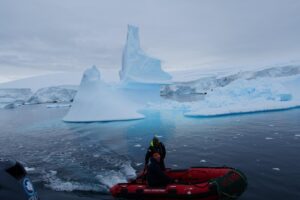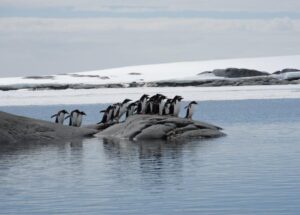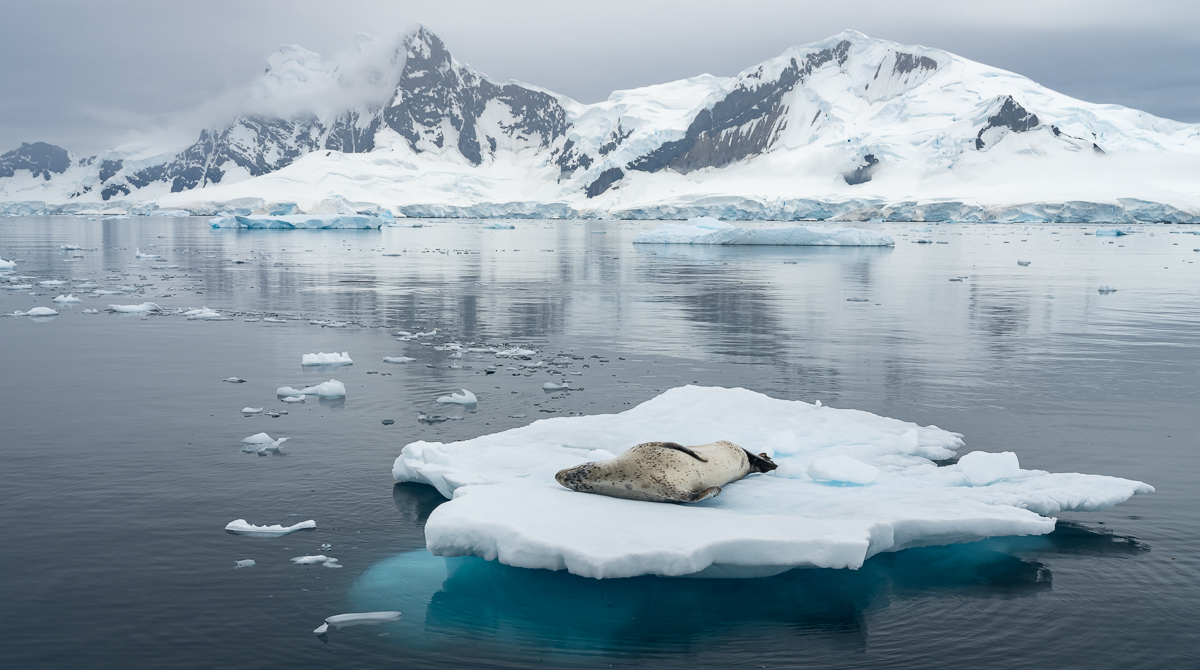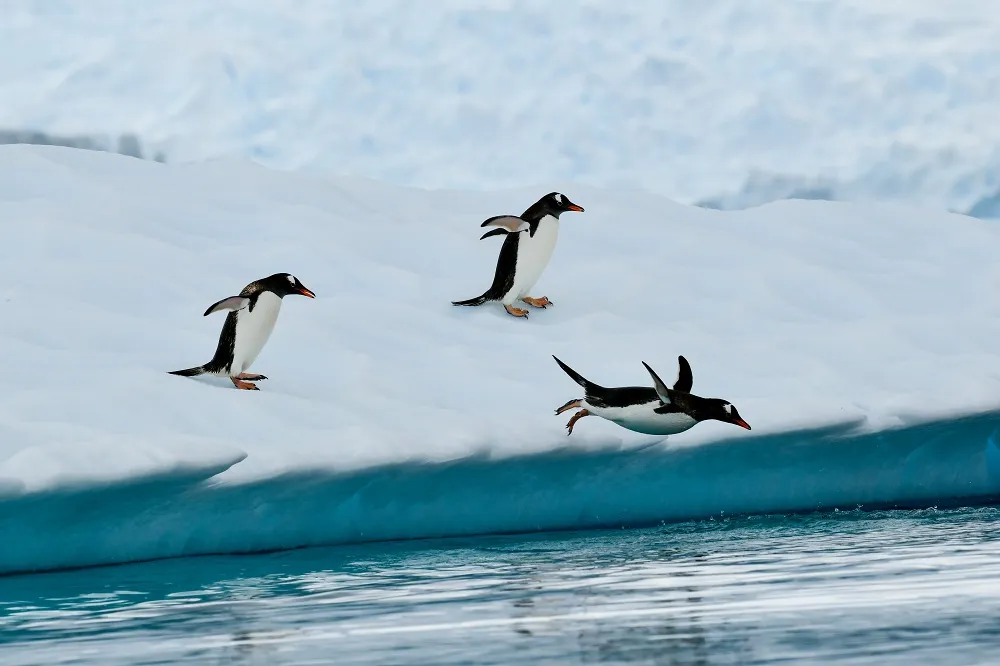Next up in our scientist spotlight is Argentina native Dr. Martín Ramírez!
About him
Nicknamed the “Spider Man” by a few 60 South staff, Dr. Martín Ramírez is one of the leading experts on arachnids in the world. He began collaborating with Argentina’s Museum of Natural Science at around 15 years old, sorting spider specimens and learning to classify different species. After earning his degree and PhD from the University of Buenos Aires, he completed his postdoc at the American Museum of Natural History in New York while working for the scientific council of Argentina (CONICET). Back in Argentina, he now lectures part-time at his alma mater and manages the spider collections at the museum where he first trained, working for CONICET as research scientist. Besides the scientific collections, the museum saves one sample of each newly discovered species as a reference specimen, or holotype, for other researchers. As of January 2025, Ramírez and his collaborators have identified and named over 230 spider species, and he is working to describe and name another species discovered during his 2017 trip with 60 South to Argentina’s Isla de los Estados.
Research with 60 South
A few years before Ramírez joined 60 South on Isla de los Estados, two researchers, including Ramírez’s own student, discovered an unusually large spider from a specific family on the island and in the nearby Tierra del Fuego archipelago. With a 12 mm (~0.5 in) long body and 3 cm (~1.2 in) long legs, it may seem ordinary by normal standards, but is considerably larger than its related species. Checking under a microscope for other physical distinctions, including genital organs, they confirmed they had found a new species. However, most of the samples were male, and the only female they found was too immature to have fully developed the species’ distinctive features. In 2017, Martín Ramírez arrived on Isla de los Estados to continue their work.
He captured samples from various locations around the island, and while unable to find the completely mature female, he obtained enough genetic material to prove their relationship. Depending on the size of the spider, difficulty to catch, and permit restrictions, he gathered 5 to 10 samples per species. In the evenings, he used a microscope to confirm its species, while compiling detailed descriptions, measurements, macro- and microscopic photos, drawings, and tissue samples. He focused on leg muscle tissue, since spiders naturally shed their leg when injured or trapped. Using forceps, Ramírez gently pressed on a leg until it detached, then kept the tissue for DNA sequencing.
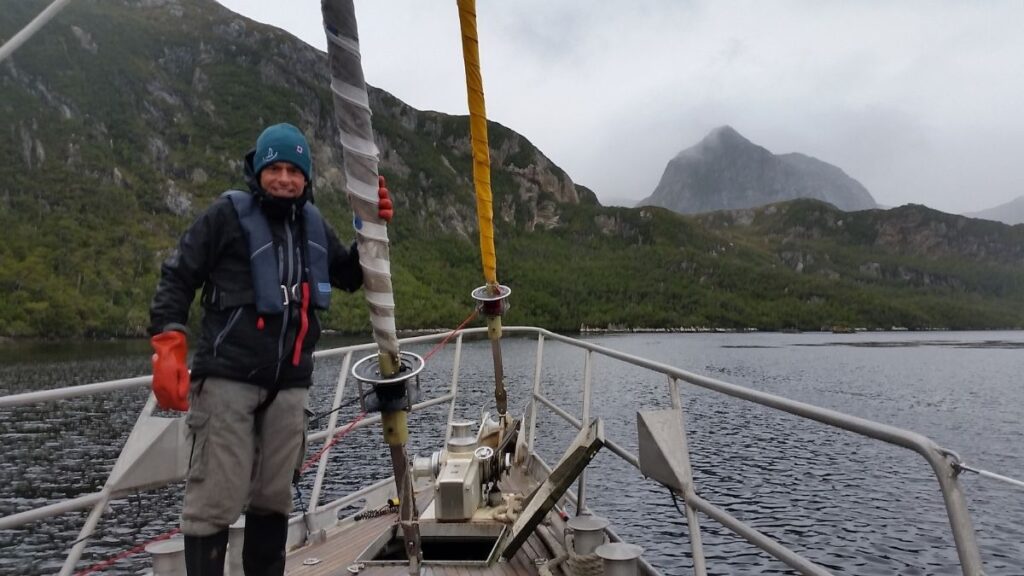
To confirm the uniqueness of a new spider species, scientists use genetic barcoding to compare its DNA with other species. They must identify DNA sequences, or markers, that are unique to the species but shared among all its members. They often choose the mitochondrial marker CO1, a key protein in the final stage of the “breathing” process in animals that transforms oxygen into energy. Its short length allows for faster comparisons, while its high mutability helps easily distinguish different species.
In an upcoming study in collaboration with Ivan Magalhaes, who found the species in the previous trip, Ramírez is focusing on the morphological traits (size, shape, and structure) and genetic markers of this new species while exploring why and when it evolved unique to the Tierra del Fuego and Isla de los Estados. He presumes that the spiders’ isolation in the islands’ cold, harsh mountain habitat contributed to their adaptations. He will be working with ecologists and paleontologists to study the geographical history of the region. The paleontologists, as experts in historical biology, determine the age of spider fossils, while Ramírez and Magalhaes will study the fossils’ anatomy and genetic markers to create evolutionary trees and identify when the species diverged.
Other results using 60 South Samples
While working on his main paper, Ramírez has contributed to several projects, including two published studies. His forest and mountain spider samples collected with 60 South aided research on the evolutionary adaptations of grassland spiders in this paper. They also helped improve the genetic barcoding of ghost spiders, which Ramírez provided his expertise to confirm the species based on morphological traits, described in another study. Additionally, his data is supporting ongoing studies on neotropical spiders and the evolution of life on the Islas Malvinas. Ramírez has also presented his findings on spider evolution at two conferences, one in Tucumán, Argentina, and the other in Christchurch, New Zealand.
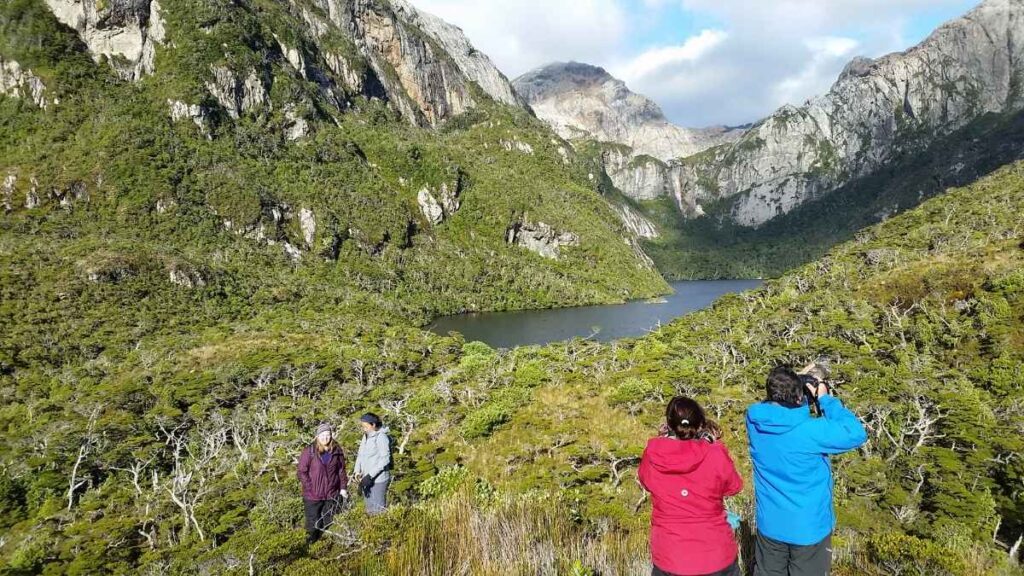
Perks of the Work
Discovering so many new species has given Ramírez the honor of naming them. He lovingly dedicated one to his wife Paula (Paranita paulae) and another to his daughter Inés (Paranita inesae). Even 60 South has earned a name in science. After the first expedition to the Tierra del Fuego, lead scientist Andrés Porta honored the Ocean Tramp captain, Federico Guerrero, by naming a newly discovered centipede species Hanseniella guerreroi.
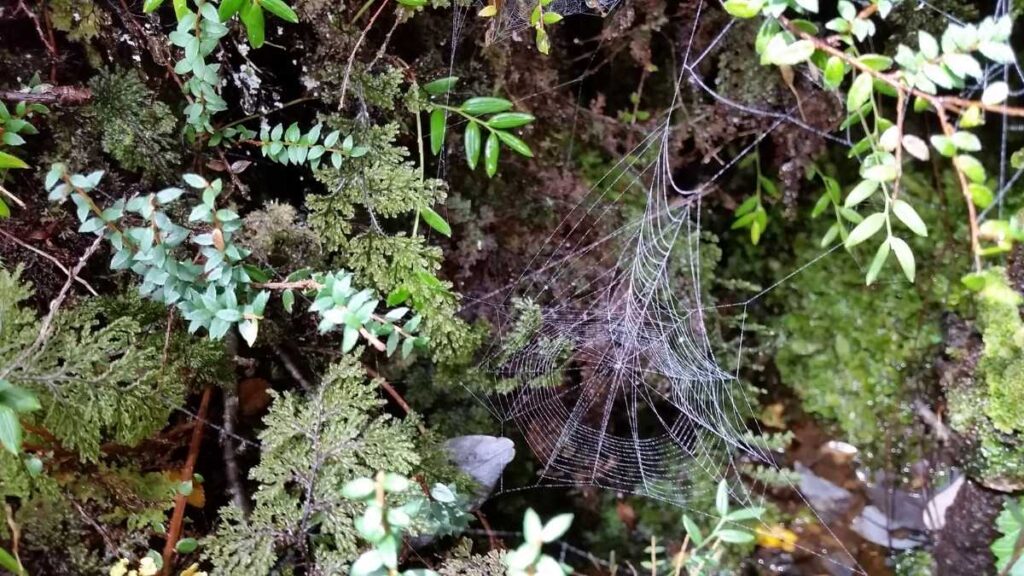
Memories with 60 South
Although extremely busy collecting and studying his samples on the trip to have much downtime, Ramírez enjoyed the opportunity to explore so many beautiful places almost untouched by humans. The island’s distance from the mainland and lack of roads limits most travel, but the boat allowed them to navigate to each new site in days and explore the various forests, mountains, basins, and beaches. He still remembers the breathtaking views of the water and surrounding nature.
We’re grateful to have met “Mr. Spider Man” and wish him luck as he finishes his research!
